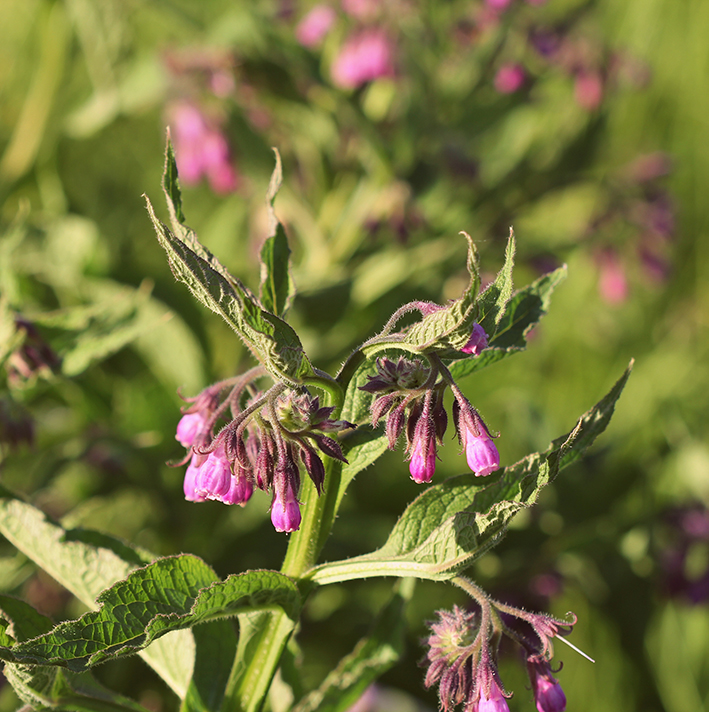- Home
- News, Articles & Reviews
We are hiring! Please click here to join our growing magazine delivery team in Gloucestershire!
Areas
Homes & Gardens
Archive

Learning to live with weeds
All Areas > Homes & Gardens > In the Garden
Author: Daniel Hoggins, Posted: Wednesday, 27th March 2024, 09:00
As the days get longer and your plants begin to green up and grow, so too, undoubtedly, will all those weeds of yours. But just because the evenings are blessed with the light to weed by, it doesn’t mean that you’ve always got the time, inclination or motivation to be out there weeding into the dusk.
So I say, how about another approach? Could we all, in some way or another, learn to live with certain weeds, to better love our gardens and make our lives easier?
If left to grow, they could really thrive
I’m not an advocate for simply allowing all hell to break loose in the garden, but I do have a more sympathetic approach to the blown-ins than to simply weed first and ask questions later. If there are plants that have taken the opportunity to plant themselves in a particular part of your garden, chances are that is where they’re best suited to be and, if left to grow, could really thrive.
Before hoiking them out at the first chance, I would simply suggest leaving them a while; keep an eye on them and see if you might grow to like them just as much as they like to grow in your garden.
Similarly, whether you have a large country expanse or a terrace garden full of intrigue, most can relate to the woes of working with areas of the garden that are simply consumed by swathes of prolific and carpeting weeds.
Every garden has its curse
From ground elder to green alkanet, creeping buttercup to common comfrey, every garden has its curse. But there is a charm to these weeds if you’ll see it, and the wildlife in your garden needs them as much as you wish you didn’t have them.
I’ve worked in gardens where these plants have been regularly strimmed, sprayed and dug out to the last nib of root, yet somehow, once the dust settles and the shoots grow, they’re still determinedly there.
They make excellent ground cover
It wouldn’t be practical in every area of the garden, but it shouldn’t be shameful to entertain the idea, consider even, that these plants might just find a home in our flower beds. After all, they make excellent ground cover.
Not too many weeds would poke up through a mat of ground elder, and it does look lovely, flowering white among some crisply clipped shrubs. More thuggish perennials like eryngium and echinops always seem to manage to burst through, too.
So if you currently have a carpet of yellow celandine in your flowerbed or daisies and dandelions poking up in your lawn, I would suggest, as with all these flowers, rather than waging war against them, simply enjoy them for what they are, not for what you’ve been taught to dislike.Copyright © 2025 The Local Answer Limited.
Unauthorized use and/or duplication of this material without express and written permission from this site's author and/or owner is strictly prohibited. Excerpts and links may be used, provided that full and clear credit is given to The Local Answer Limited and thelocalanswer.co.uk with appropriate and specific direction to the original content.More articles you may be interested in...


© 2025 The Local Answer Limited - Registered in England and Wales - Company No. 06929408
Unit H, Churchill Industrial Estate, Churchill Road, Leckhampton, Cheltenham, GL53 7EG - VAT Registration No. 975613000You are leaving the TLA website...
You are now leaving the TLA website and are going to a website that is not operated by us. The Local Answer are not responsible for the content or availability of linked sites, and cannot accept liability if the linked site has been compromised and contains unsuitable images or other content. If you wish to proceed, please click the "Continue" button below:




